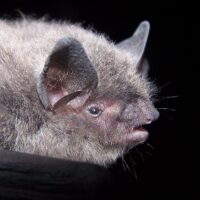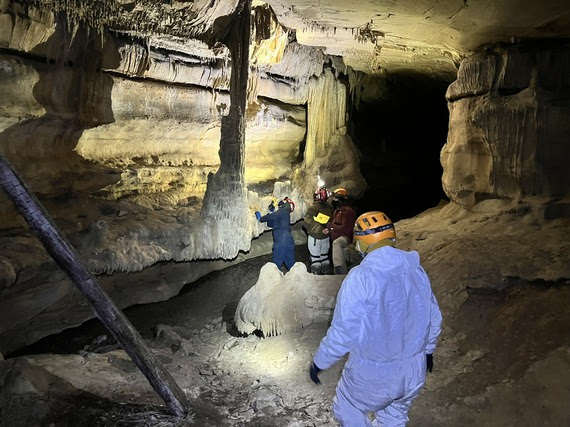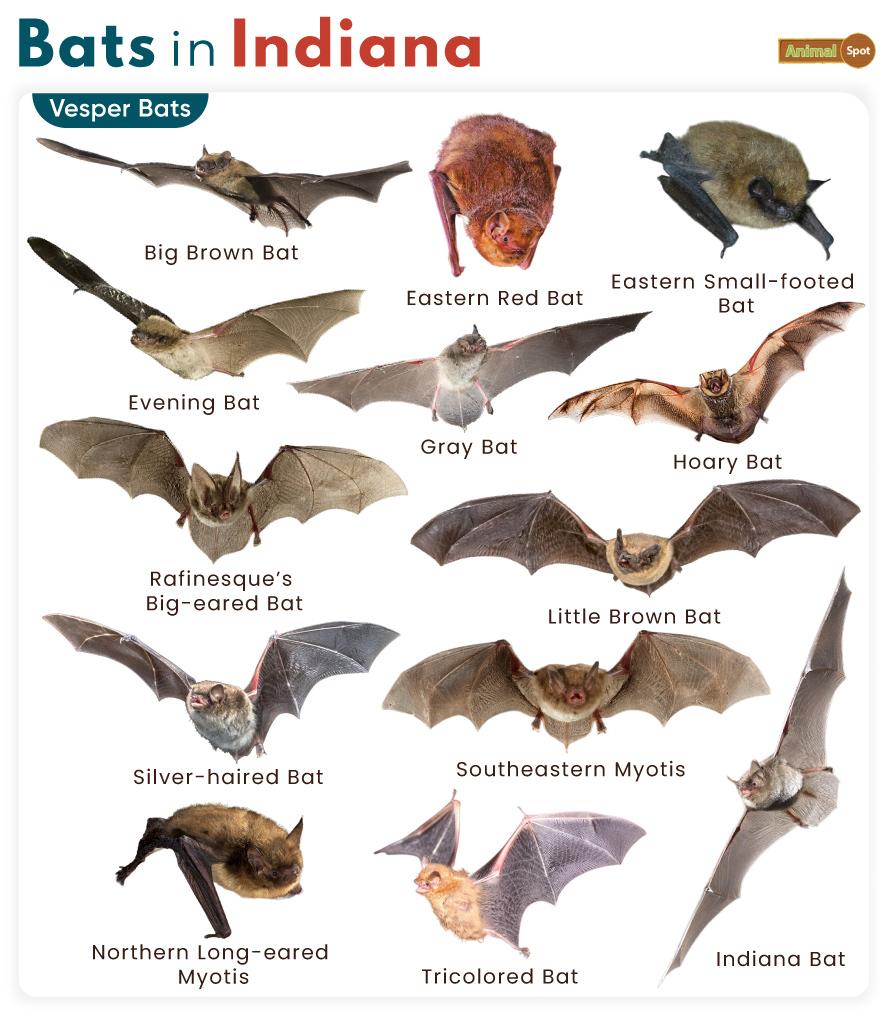
INDIANA – Did you know that some of Indiana’s bat species fly south for the winter while others hibernate? Department of Natural Resource biologists can assess the health of bat populations when the bats are hibernating by counting and examining them.
Biologists can monitor the bats for diseases, such as white-nose syndrome, and other factors affecting populations.

After DNR mammalogists wrap up cave surveys in February, bats will become much more active across Indiana in March.
Cave-hibernating bats, such as the Indiana bat, will wake up and fly to summer foraging and roosting habitat, while migratory bats, such as the hoary bat, will return from the south.

Bats are fascinating creatures. They are the only mammals capable of flight and use sonar (echolocation) to navigate their environment and capture prey. All bats that occur in Indiana are insectivores, meaning they eat insects. A bat feeding on beetles, mosquitoes, and moths can eat half of its body weight each night, an attribute that makes them highly beneficial to humans. Many insects consumed by bats are harmful agricultural and forest pests. The economic impact on the farming industry due to the loss of insect-eating bats in North America is estimated to exceed $3.7 billion per year.
Thirteen bat species have been documented in Indiana. Six species primarily use underground sites such as caves, mines, or tunnels to hibernate in winter. They use caves, trees, and other structures for summer roosts. Four species are found in Indiana during the summer reproductive season or during spring and fall migration. The remaining three species are exceedingly rare in Indiana; the few records for these species are from caves during winter hibernation.

Learn more about Indiana’s bats and find a volunteer opportunity on the DNR website to help conservation efforts.







.png)











